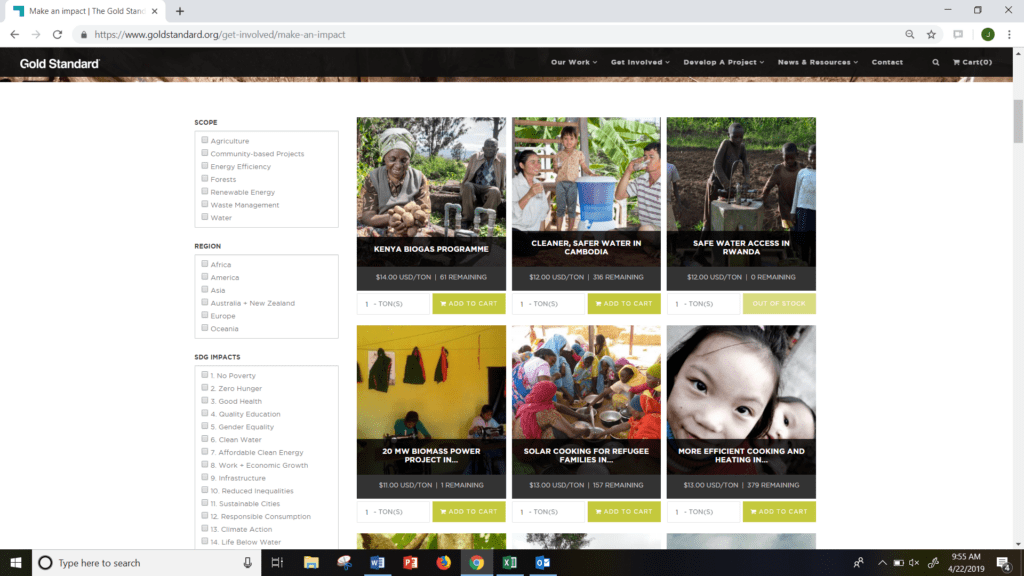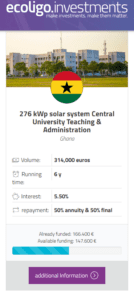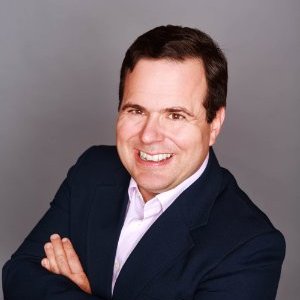I fly; more than many and less than some. We all know that if you live in Alaska flying is going to part of your life whether it’s for work, school, health care, or recreation. Much of my flying is in-state for work, but in the next month my family and I will fly from Anchorage to Seattle to Frankfurt to Nairobi. It’s a trip of 21,000 flying miles; almost enough to circumnavigate the globe. We’re going to visit my rural homestay brother from 1995, Franklin, who lives in the beautiful Taita Hills in Southeastern Kenya. Franklin is a dairyman and a farmer. He milks his cows every morning at 4am, collects milk from the surrounding small farms (1-2 milking cows each), and then transports the milk down from the lush green hills of Taita to the Tsavo plain where it’s too hot and dry for dairying. It’s a reunion 24 years in the making.
So, what’s the connection between flying, Franklin, and this article? Well, flying is energy intensive. It takes a lot of power to lift bodies and bags into the air and keep them there safely. The aircraft we’ll take from Anchorage to Nairobi will burn over 500,000 pounds of fuel and emit 2 metric tons of CO2 per passenger. Personally, and professionally, I’m in the camp that believes that i) climate change is real, ii) humans are the primary cause, and iii) we’re past the point of avoidable change. As I write this article I’m in the Northwest Arctic Borough where holes in the ice are opening weeks early making travel between villages treacherous. The next few decades will be about adapting, reducing emissions, and eventually, harvesting carbon. As an individual taking fewer flights is one of the most effective personal choices we can do to reduce our carbon emissions and contribute less to climate change. My host-brother Franklin tells me that in the years since we met Taita has become hotter and drier. This year, the “long rains” which drive much of Kenya’s agricultural production have “failed”. If the rains don’t come in the next four weeks the next chance for significant rain is in November and a growing season will be lost. Already, northern Kenya is facing drought and famine conditions. The prices of some locally grown foodstuffs have tripled in recent weeks. Historically, the rains fail once or twice a decade, but the frequency and severity of failures are increasing with climate change. In a broad sense, my trip to Kenya to see Franklin contributes to the risk he faces as a dairyman and farmer and it contributes to the warming of our Arctic.
So, what’s a gent who loves to travel to do? Unfortunately, the debate between climate change believers and non-believers often gets couched in emotional terms. A friend of mine says that when he tries to talk to his mother about climate change she responds with “What do you expect us to do? Shut down the North Slope?”. I think (nearly) all Alaskans can agree that shutting down the North Slope or fossil fuel production in general is not the best choice for this state (understatement intended). In fact, quite the opposite is true. Fortunately, there are more effective, enjoyable, and wise options for those of us who want to offset/mitigate are carbon contributions than shutting down the state’s primary economic engine. My personal preference is an organization called The Gold Standard which allows me to offset my carbon emissions by supporting verified projects around the world. There are couple of attributes that are important to me when I think about offsetting my carbon emissions:
- I want the projects to have a passed a rigorous evaluation process for efficacy and local suitability and inclusivity;
- Projects should be additive which means my support truly offsets carbon which would have been emitted;
- Projects should do more than just offset carbon; they should support more than one of the United Nations’ 13 Sustainable Development Goals (SDG)
Below is a screenshot showing a small sampling of the current projects from which I can offset the 8 metric tons of carbon my family will emit flying to Kenya. As a point of reference, the average American’s lifestyle is responsible for 20 metric tons of emission per year. You can pick the geographic location of your project, the type of project (e.g., agriculture, energy efficiency, reforestation), and which UN SDGs you want the project to support. You can also sort by cost per ton of emission if you’re a profit-maximizing/cost-minimizing economist. For the record, I’ll be supporting the Kenya Biogas Program in the upper left corner of the project grid. It’s not the cheapest option on the board, but even an economist yields sometimes to other preferences and this option seems most appropriate given our trip.


Now, let’s say that I wanted to offset my carbon in a slightly less altruistic and more capitalistic manner. Recently I’ve been turned on to a company called Ecoligo which provides investment opportunities in renewable solar projects around the world. It’s a very similar set-up to GoldStandard.org. You peruse the available projects, the proposed interest payment, repayment terms, and risks associated with the project. As time progresses you’re repaid your investment principal plus the agreed upon return. The example at left is for 276 kilowatt-peak solar system at the Ghana’s Central University which would be paid off over 6-years at 5.5 percent interest. Ecoligo allows an investment opportunity that might only be available to financial institutions or larger private investors. I’m not vouching for or recommending any specific investment opportunity, but more and more options exist for those who want to make a little money and fight climate change. As with all investments, appropriate due diligence, making sure an investment fits your risk profile, and diversification are important rules of the game.
Jonathan’s Takeaway: Currently in the United States climate action is fractured between states, municipalities, and individuals. Action at the federal-level is limited (and that’s being charitable). In addition to trying to lessen our emissions, our family choose to offset our carbon contributions through additive projects. If you’re similarly inclined consider the options noted above.
Jonathan King is a consulting economist and Certified Professional Coach. His firm, Halcyon Consulting, is dedicated to helping clients reach their goals through accountability, integrity, and personal growth. Jonathan has 22 years of social science consulting experience including 16 years in Alaska. The comments in this blog do not necessarily represent the view of employers and clients past or present and are Jonathan’s alone. Suggested blog topics, constructive feedback, and comments are desired at askjonathan@apcm.net.
5/15/19







